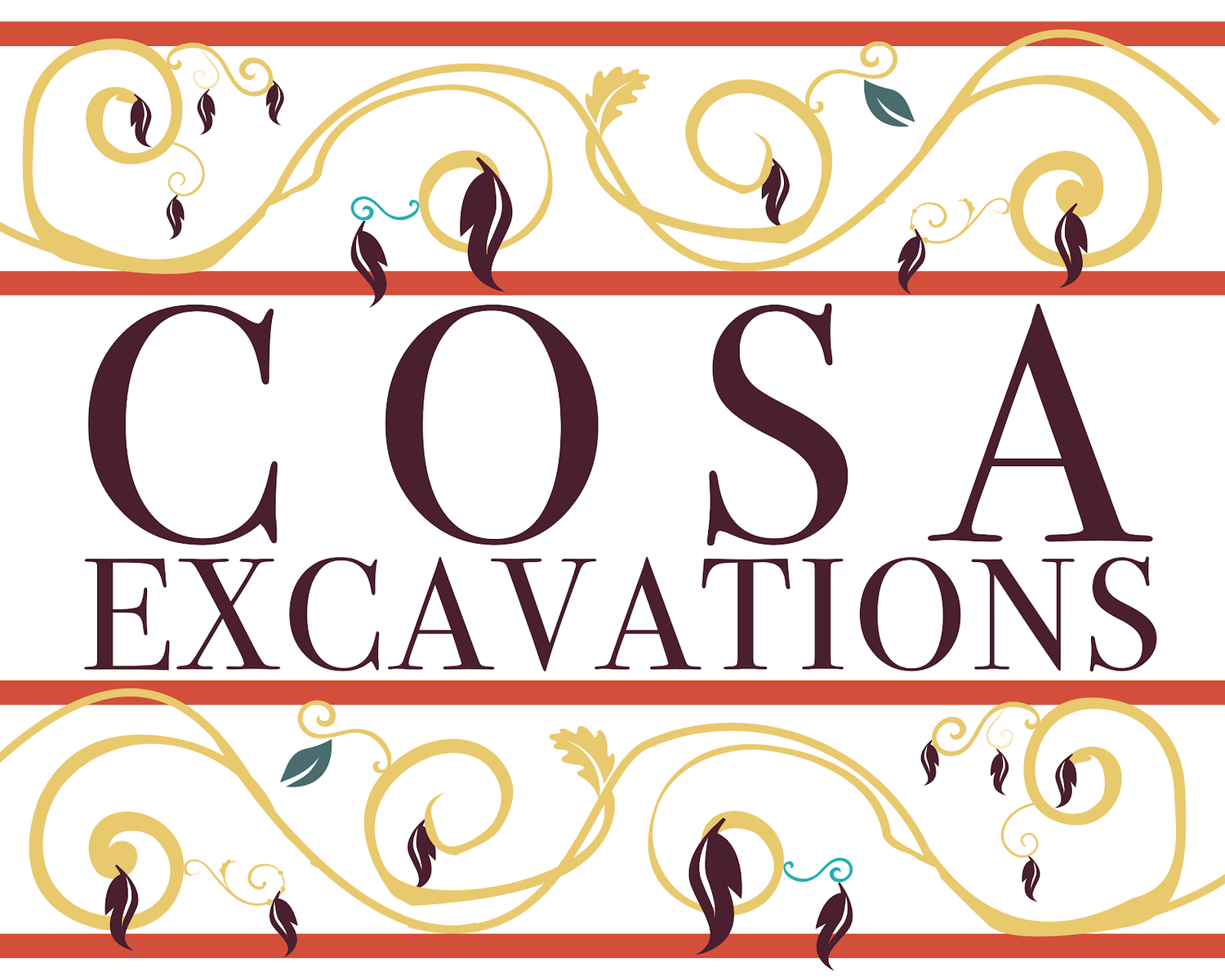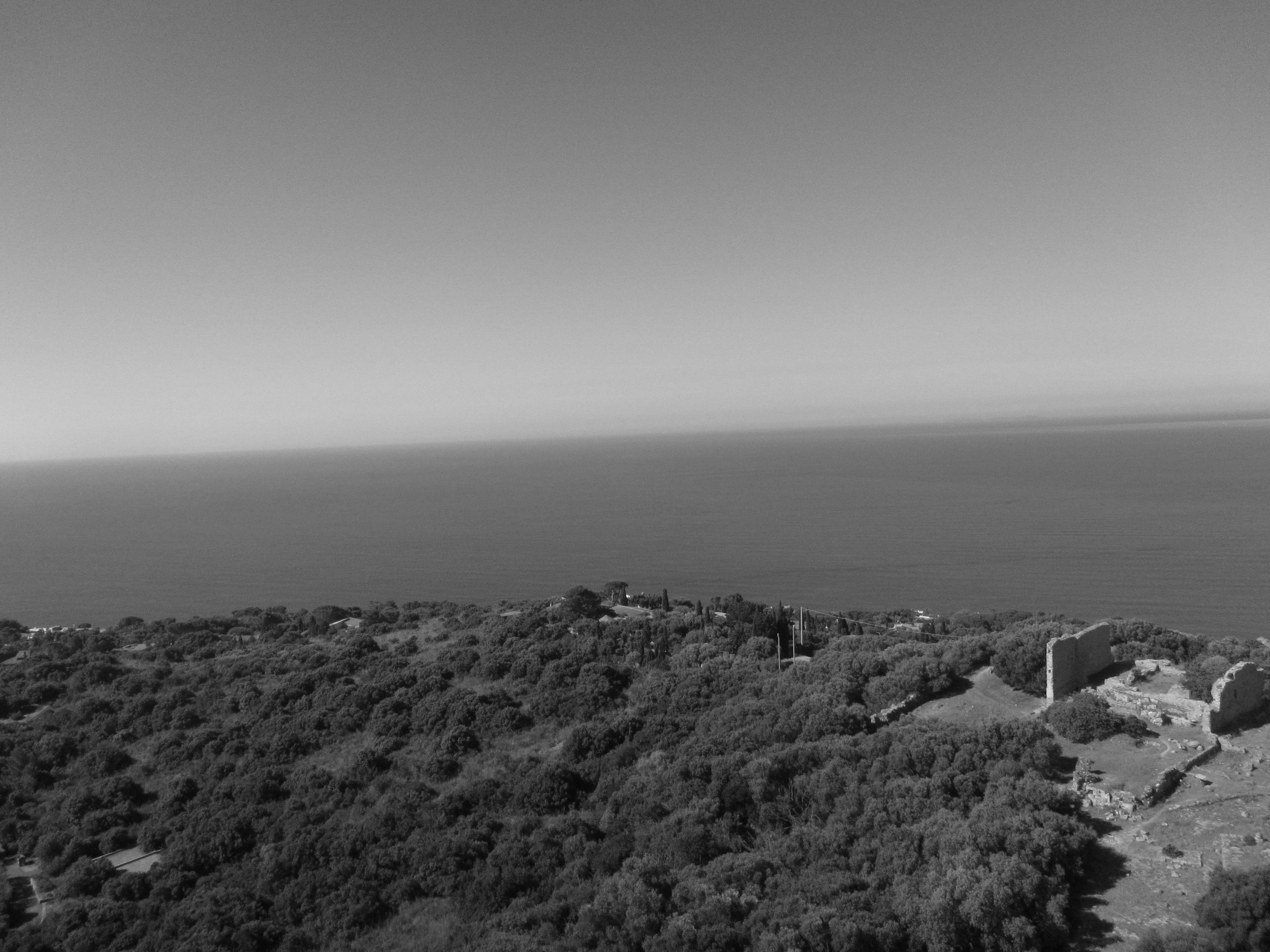COSA
Occupation, albeit in intermittent fashion, continued at the site through Late Antiquity and the Middle Ages. The urban acme of Cosa came in the second century BCE after the arrival of a new draft of colonists approved in 197 BCE and one of the hypotheses to be tested is whether the construction of the baths can fit this context; indeed, with the increasing evidence now available about the development of baths in Hellenistic Italy and the documented appearance of innovative architecture at Cosa by the mid-second century, the hypothesis is entirely legitimate.
THE EXCAVATIONS
Excavations at the site of Cosa have gone on with regular intervals for the preparation of publications from 1948 into the new millennium under the auspices of the American Academy in Rome (AAR). In addition to the study of the port and fishery below the town site (McCann et al.), five volumes of excavation reports and seven volumes of studies of particular classes of excavated materials have appeared, with two more now ready for editing, and a third pending.
It is a matter of record then that these and more popular publications have greatly advanced the knowledge of public and private architecture in Roman Italy of the second and first centuries BCE and of the material environment for political and religious practices, commercial exchange, land use, and artisanal activity.
But, aside unique visual culture and architectural ingenuity the Cosa excavations have also brought to light a plethora of unexpected, remarkable stories. What to make of the hoard of 2004 denarii discovered in Q. Fulvius’ so-called House of the Treasure? A desperate effort to bury riches from the incursion of pirates in 70s BCE? And, murders occurred at Cosa, too. A body unceremoniously dumped at the bottom of a cistern in the so-called House of the Skeleton attests to a crime certainly perpetrated in antiquity. We keep looking for clues….





